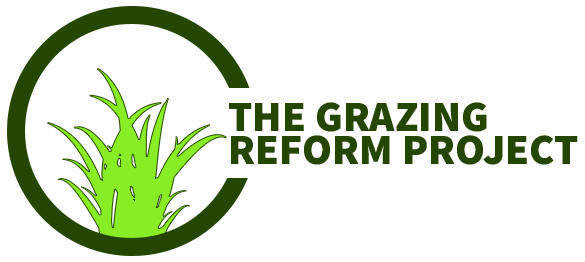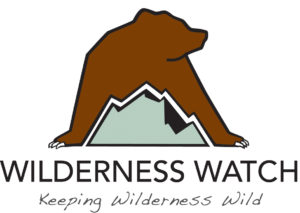By the end of 2019 volunteers with the Project to Reform Public Land Grazing had monitored conditions on 19 national forest grazing allotments within the Klamath, Shasta-Trinity and Rogue River-Siskiyou National Forests. Individual allotments had been monitored for up to seven years. A grazing allotment is an area of national forest land which the Forest Service has designated for grazing by private livestock operators; grazing allotments can be found on most western national forests, often inside wilderness areas. During ten seasons of on-the-ground monitoring covering 19 different allotments on three national forests, we have rarely found a spring which has not been trampled and fouled by livestock. The cold, clear water emerging from wilderness springs should provide a refreshing respite for national forest visitors and habitat for salmon and trout downstream. Within public land grazing allotments, however, water quality is degraded as soon as the water emerges from the earth. To learn how you can help reform public land grazing by documenting trashed wilderness springs click the “Get Involved” tab on the upper left of this page.


